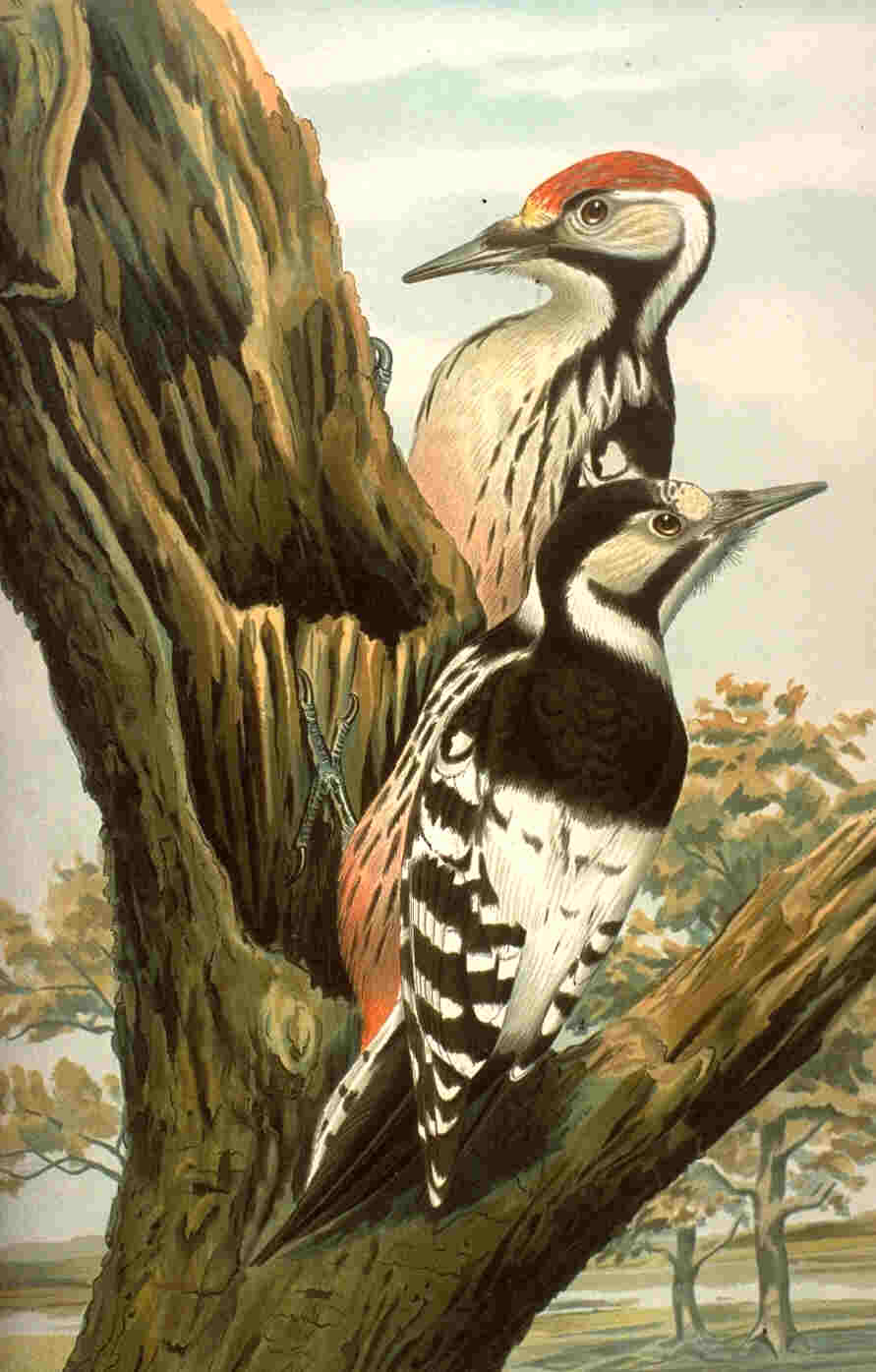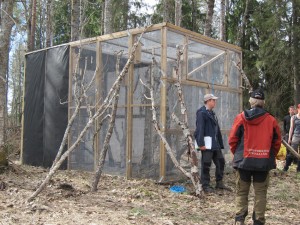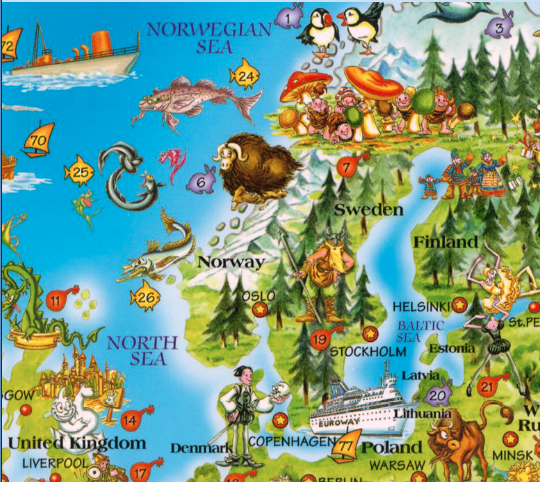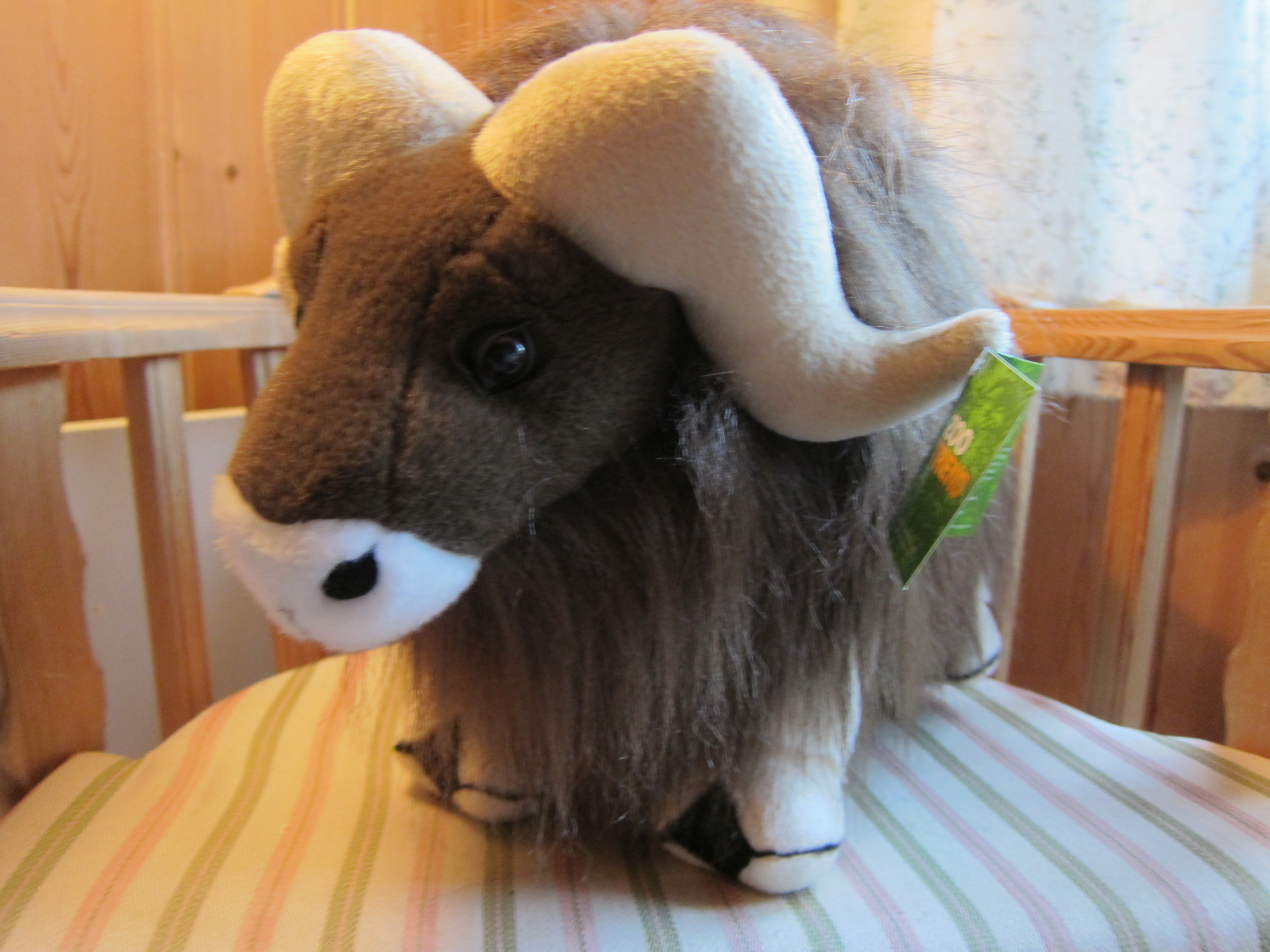
If a woodpecker could peck wood

As part of our RESTORE team meeting today, we had an excursion to two restoration and release sites for the white-backed woodpecker (Dendrocopos leucotos) about an hour’s drive north of Uppsala, Sweden. We were led on the tour by Kristoffer Stighäll, who works for Naturskyddsförening (Swedish Society for Nature Conservation) on the white-backed woodpecker conservation project.
The project has two components working in tandem. One is to restore the forest structure from a spruce-dominated relatively-closed forest to a more open deciduous (aspen, birch, lindon, etc) tree forest with lots of dead wood. This restoration work consists of taking out spruce trees (which are being sold as timber) and killing some deciduous trees through ringing and/or prescribed fire burns to create dead wood. Both of these are necessary for to make habitat for the beetles (and their larvae) that woodpeckers eat, as well as for nesting holes for the woodpeckers.
The second component is population reinforcement/reintroduction – basically bringing more white-backed woodpeckers into the areas known as current or previous woodpecker habitat – which has been practiced in Sweden since the mid-1990s. These woodpeckers are currently bred at Nordens Ark, a private zoo near the Swedish-Norwegian border, from a stock of birds caught in Norway. Between 2008 and 2011, 35 woodpecker youths were released into the wild from this breeding stock.

We got some insight into the reintroduction process during the tour. The young woodpeckers are taken from Nordens Ark when they are 7-8 weeks old, which has given them time to leave the nest and learn to fly. They are then brought to the release site, where they are placed into large aviary cages with 3-4 other woodpeckers. They stay in there one week with larvae being brought in as food. Then the door (the hatch-like door above our guide’s head in the photo) is opened so that they can choose to fly out. Food continues to be placed inside the cage, but also outside of it to encourage the youths to come out and explore their new home. In a week or so, they typically fly off to find a new territory.
According to our guide, of the 16 birds released last year at the Båtfors Nature Reserve we visited, 5 to 6 are still in the nearby vicinity. We didn’t see one, but if we had it would have looked like this. And although we heard other woodpeckers pecking on the trees, we didn’t hear the white-backed one which would have sounded like this.
The white-backed woodpecker is an interesting case of people thinking about species on a national level. I say this because the white-backed woodpecker is in fact not endangered or even threatened on a global scale according to its IUCN status. Although the numbers are thought to be decreasing globally, there are estimated to be 180,000 to 500,000 breeding pairs in Europe alone (and the species spreads all the way into Asia). Yet, people are spending money to the species bring back the Sweden: the Swedish Forest Agency alone claimed that it spent 7.8 million SEK in 2012 on the project and there are lots of other groups involved, including county-level agencies, the Nature Conservation society, and forest companies, so there was much more than that figure invested. While the species is not seen as a threatened one globally, it is on the Swedish Red List as Critically Threatened. Its range is said to have decreased by 90% over the last 30-40 years, thus it has become an object of major conservation effort. In the Swedish decision-making process, the national level has outweighed the global one.
While the white-backed woodpecker is certainly a historical part of the Swedish fauna, one has to ask the question of whether or not it matters if it is in Sweden in the future. There are other woodpeckers present in the same areas (we heard plenty of great spotted woodpecker during our hike) and for a long time people even thought the great spotted and the white-backed were just two sizes of the same bird because they basically do the same things. If it really doesn’t matter that this particular species is here, the reintroduction money is not being put to good use. There have been something like 50 birds released in the last 5 years in southern Sweden but there are thought to be only 10 breeding pairs now in the whole country — making for some individual retention statistics that sounded pretty pathetic to me.

At the same time, the white-backed woodpecker has spurred a myriad of people into action to restore deciduous forest in Sweden. Almost all of Sweden has been turned into one big conifer plantation — to the detriment of species like woodpeckers that need trees like aspens and birches. So the restoration projects themselves might be beneficial to lots of species that need those kind of trees. The projects might have conservation effects that far exceed the conservation of one woodpecker species.
When I was a kid, we would try to say the tongue-twister “How much wood would a woodchuck chuck if a woodchuck could chuck wood?” as fast as possible over and over again. The question on my mind today was: “How much wood would a woodpecker peck if a woodpecker could peck wood?” The only way to answer that question is to put woodpeckers and wood in the same place. The restoration projects I saw today might be one step in that direction.




